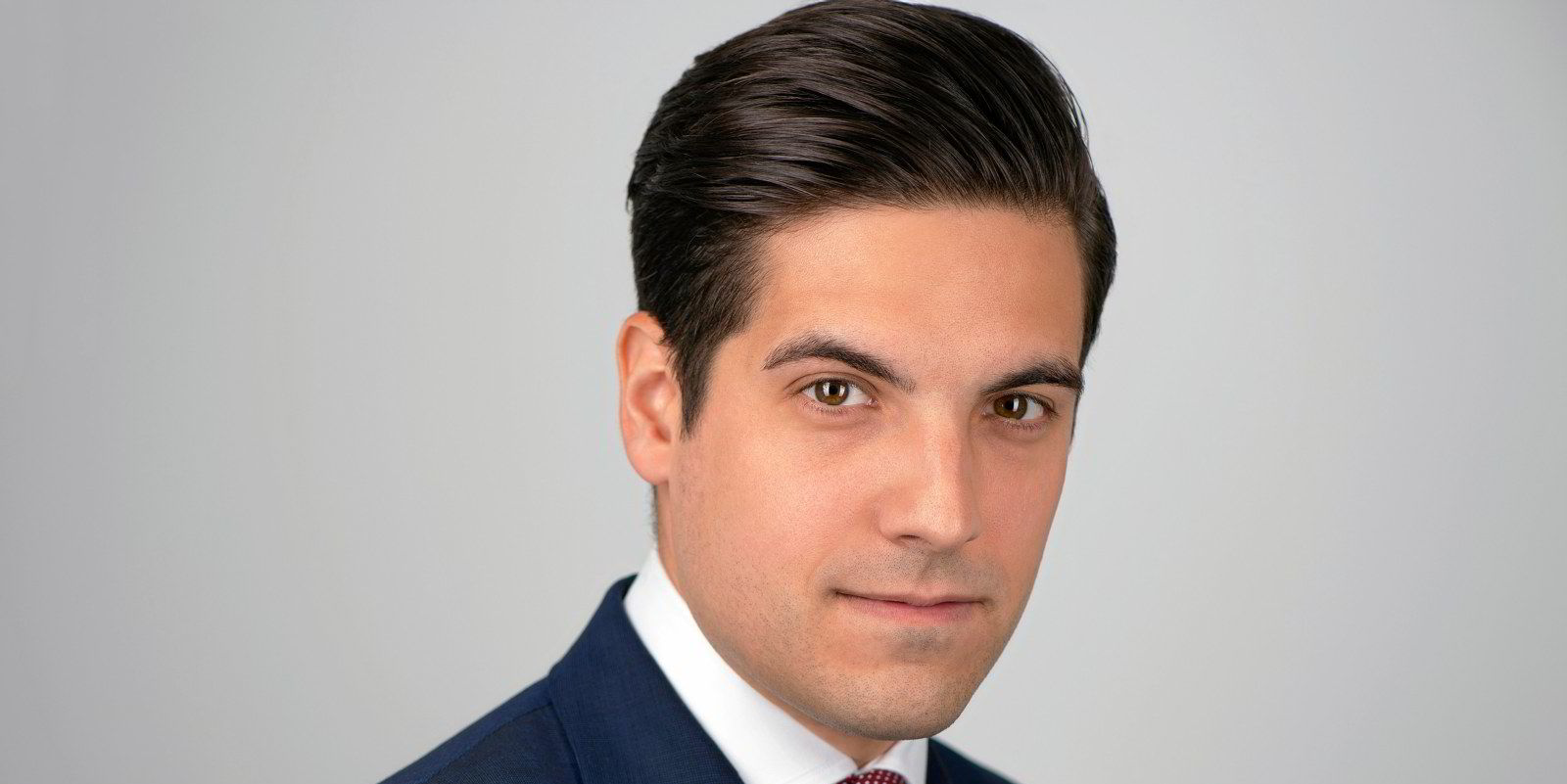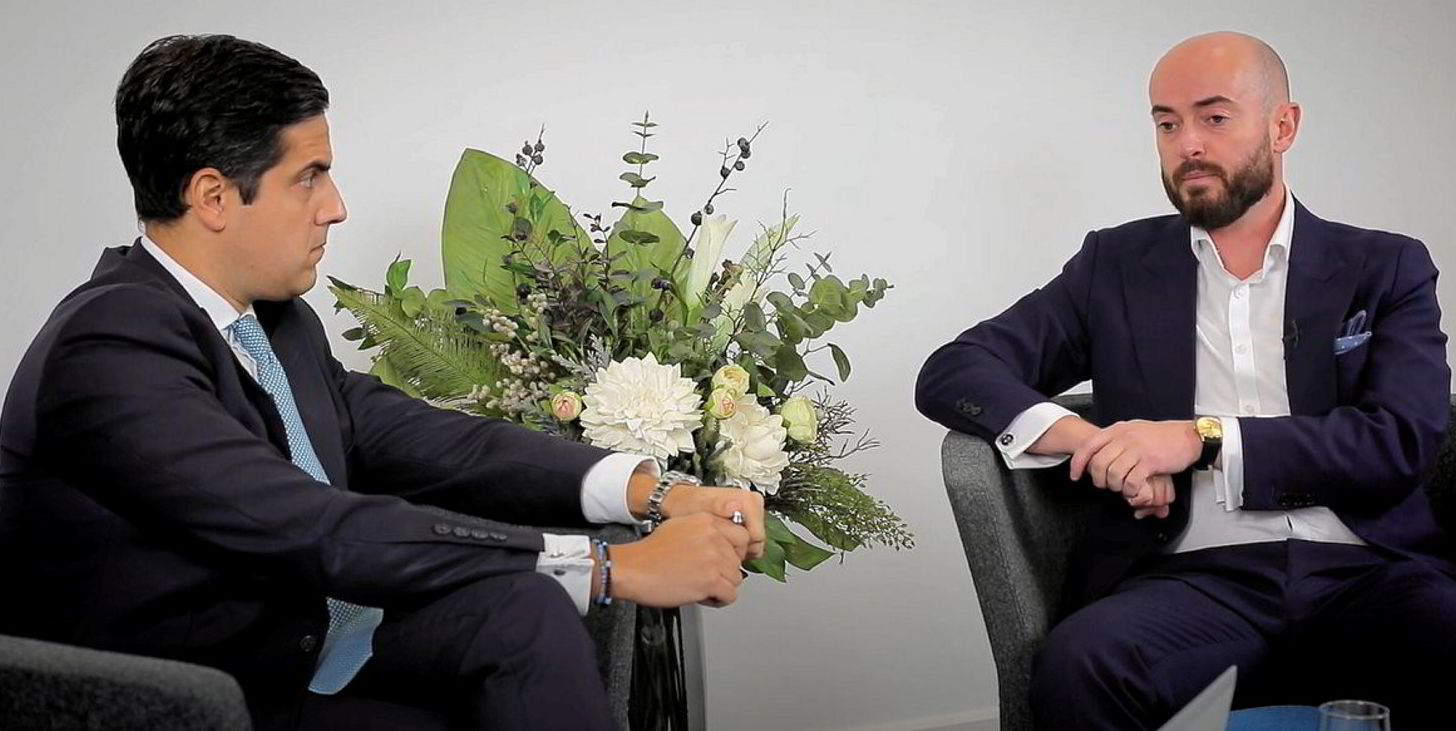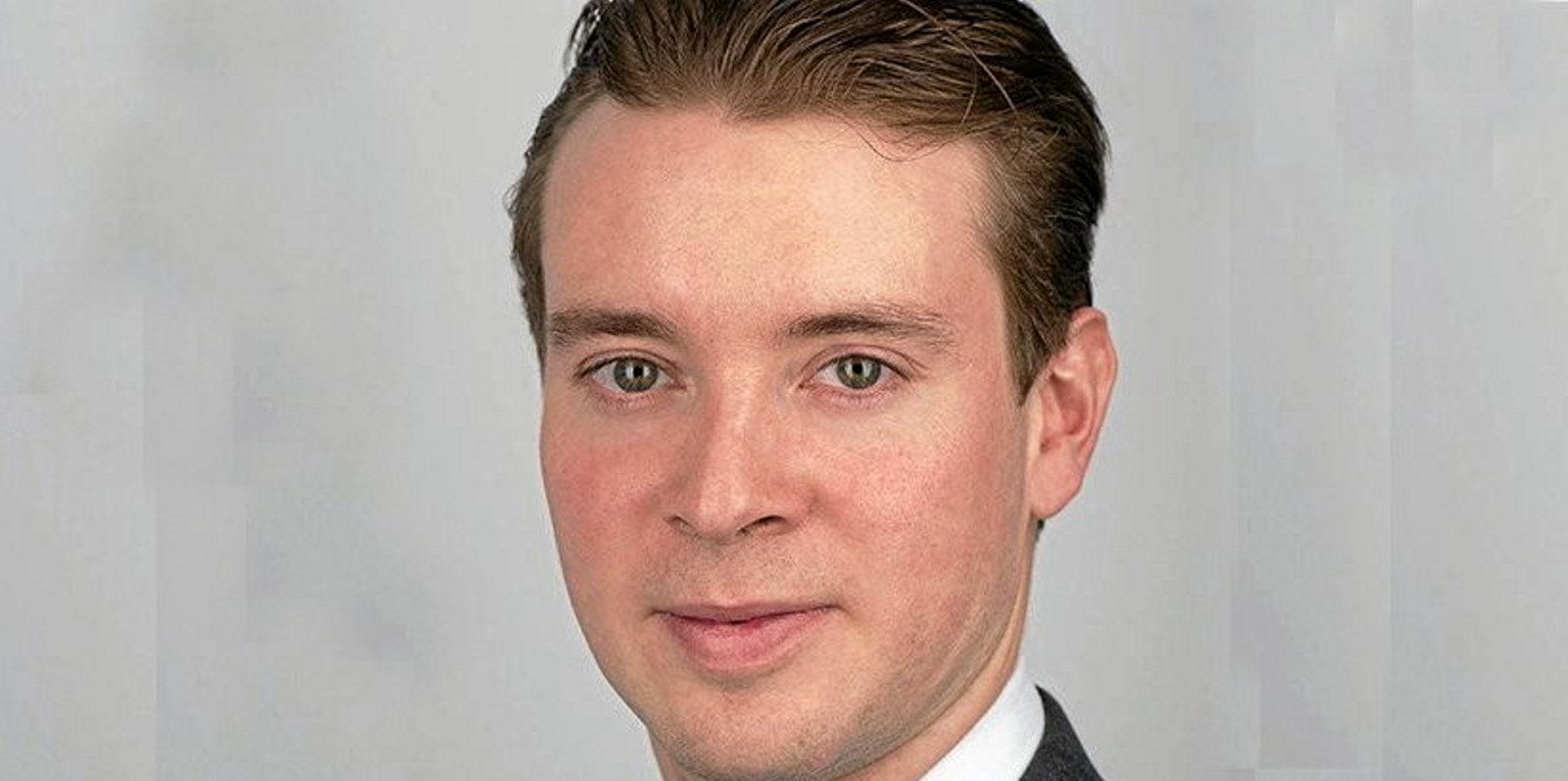Just over 20 years ago, Malcolm Godfrey, a prominent figure in protection and indemnity broking, advised Alex Vullo, a recent high school graduate, to defer university for a year and gain practical work experience at Gallagher Speciality.
Vullo took on Godfrey’s advice and found the work so fascinating and challenging that he stayed.
Godfrey moved on last year and now Vullo has assumed the helm of Gallagher’s P&I business.
Over those two decades, Vullo has been part of a team that grew the Gallagher book of P&I business into a position where it now brokers more than 10% of the world fleet, placing around $250m of premium.
Vullo attributes the company’s status in P&I to “persistence and hard work”.
“A lot of our growth also comes from word of mouth, and we have been knocking on doors and using our network to find opportunities,” he said. “The world fleet has grown substantially as well in that 20 years, so it is a combination of organic growth, being aggressive to win business and doing a good job of maintaining it.”
Vullo is hungry for more. There is a young P&I team at Gallagher, including Godfrey’s son, Wayne, William Baynham, Vincenzo Corsaro, Nick Roblin and Wendy Needham, that is exploring new ways to develop the P&I brokerage.
Vullo has his own ideas about how he can grow the business. One of the key strengths of Gallagher has been its detailed analysis of P&I club finances.
On top of that, it has 20 years of claims and rating data that puts it in a good position to gauge where the market is going and where shipowners should place their business.
The club is using this data to come up with a three-year view of the market to help owners look beyond the immediate next renewal period.
The use of data, combined with the brokers’ experience, he said, should help make the placing of P&I business more technical and less “emotional”.
“We can go into a lot more technical data so our clients can make better-informed decisions rather than the emotional decisions that we are always seeing and that I have grown up with,” Vullo said.
“The discussions that you have can be massively reduced if you know what to ask for and why you are asking for it, and that saves a lot of time and stress.”
The longer-term forecasts of P&I rating will help clients decide, for example, whether they should go for a fixed two-year deal, rather than the usual annual renewal.
“When it comes to P&I club selection, on the back of the amount of data that we go into, we feel we can predict the market for the next three years,” he said.
“Quite often companies, when they are looking at their P&I programme, they have quite a limited view of things because they’re only looking at their own programme and maybe a friend around the corner and a group of shipowners, which they socialise with,” Vullo pointed out.
Optimising rates
“From our portfolio, we can let them know what the average rates are and, if you are far from that, we can show you how to fix it. That has been a good way for us to grow.”
P&I does not fit the business model of other marine insurance lines. It is slightly different in that it is almost entirely run on a mutual rather than commercial basis. In theory, services should be provided at cost and with the business run purely for the benefit of members, rather than profits.
With intense competition between clubs there are indications that the nature of the business is becoming more commercial. Vullo said he is a believer in the mutual structure.
“P&I shouldn’t be a commoditised product because it is owned by the members, it is meant to support the members and break even,” he said. “If you kill mutuality that results in a lot of volatility and that is not the premise of the P&I system.”
One of Gallagher’s main markets is in Greece — the world’s largest shipowning country. In the long term, it would also like to increase its presence in the US and Asia, where Vullo admits the broker is underweight.
An office in Singapore, and a recently opened office in Taiwan, are helping Gallagher extend its presence in Asia, where it has already made considerable inroads into the South Korean market.





